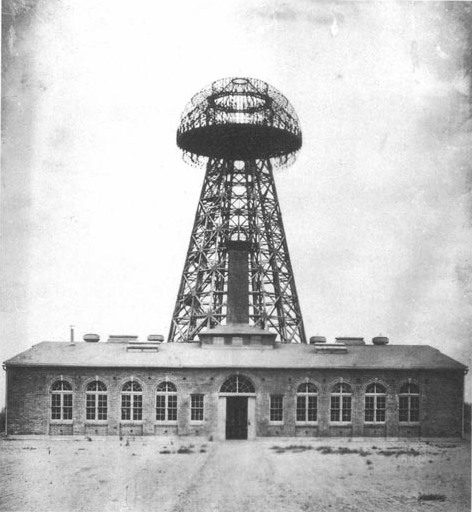By Nancy Burner, Esq.
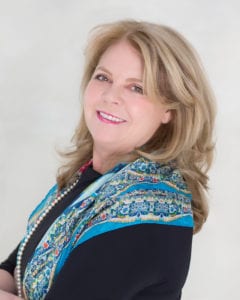
For the charitably inclined, there is always a question of how to be most efficiently leave money to charities in your estate plan. Charitable giving ranges from simple small monetary amounts to more complicated charitable trusts. No matter the option, there are potential income tax and estate tax implications to consider.
Leaving a specific bequest in your ill or Trust is one common type of charitable gift. You leave a set amount to a charity of your choosing at the time of your death. For those that want to cap the amount that given to charity, this is a good option. These specific bequests are paid out first, off the top of the estate. Thus, if you only have $100,000 in your estate and leave specific bequests totaling $100,000, there will not be any assets left to the residuary beneficiaries. Usually, the residuary portion of an estate is the largest. But not always and especially not if you do not correctly allocate your assets.
Residuary beneficiaries are those that receive a percentage or fractional distribution of the “rest, residue, and remainder” of your estate. Take the example above, if your total estate assets equal $300,000, then after the $100,000 charitable bequests, your residuary beneficiaries receive the remaining $200,000. A charity can also be one of your residuary beneficiaries, in which case the charity would receive a fractional share of your choosing.
In certain circumstances, it is beneficial to include a “disclaimer to charity.” You would add a provision in your Will or Trust directing that any “disclaimed” amount of your estate goes to charity. This is done for estate tax planning purposes. If your estate is more than 105% over the New York State estate tax exemption amount ($6.11 million in 2022), you then “fall off the cliff.” This means that your estate will receive no exemption and the entire estate taxed from dollar one. However, if your Will or Trust has a disclaimer provision, any amount that a beneficiary rejects goes to the charities that you listed. That gift to charity serves to reduce your taxable estate, moving it back under “the cliff” and saving a great deal in taxes. This is an especially useful tactic for those with estates that are on the cusp of the exemption amount.
Another method of charitable giving is gifting tax-deferred retirement assets. While you are still living, you can gift from your retirement account up to $100,000 per year as a qualified charitable distribution. Making the gift directly to the charity removes the required minimum distribution from your taxable income. There are some pitfalls to avoid. Not all plans qualify for this type of distribution, not all charities are considered “qualified,” you cannot receive a benefit in exchange for the distribution (ex. a ticket to a charity concert), and you must gift the funds directly from the retirement account to the charity.
In addition to charitable gifting from a retirement account during your lifetime, you can list charities as after-death beneficiaries of your accounts. If you have a mixture of individuals and charities as beneficiaries, you may want to leave the retirement assets to the charities. This saves your individual beneficiaries from paying income tax on distributions. Especially in light of the SECURE Act, which requires that most beneficiaries of retirement account withdraw all the funds within ten years. The income tax consequences for such beneficiaries may be steep if there is a large retirement account.
While there are several charitable giving options, each person will need to navigate a solution that suits them best. An experienced estate planning attorney will take into account the size of the estate, potential tax liabilities, how much you want to leave to charity, and your other beneficiaries. With proper planning, you can ensure your gifts go as far as possible to benefit the charities that you hold dear.
Nancy Burner, Esq. is a Partner at Burner Prudenti Law, P.C. focusing her practice areas on Estate Planning and Trusts and Estates. Burner Prudenti Law, P.C. serves clients from New York City to the east end of Long Island with offices located in East Setauket, Westhampton Beach, Manhattan and East Hampton.



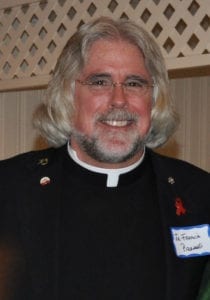

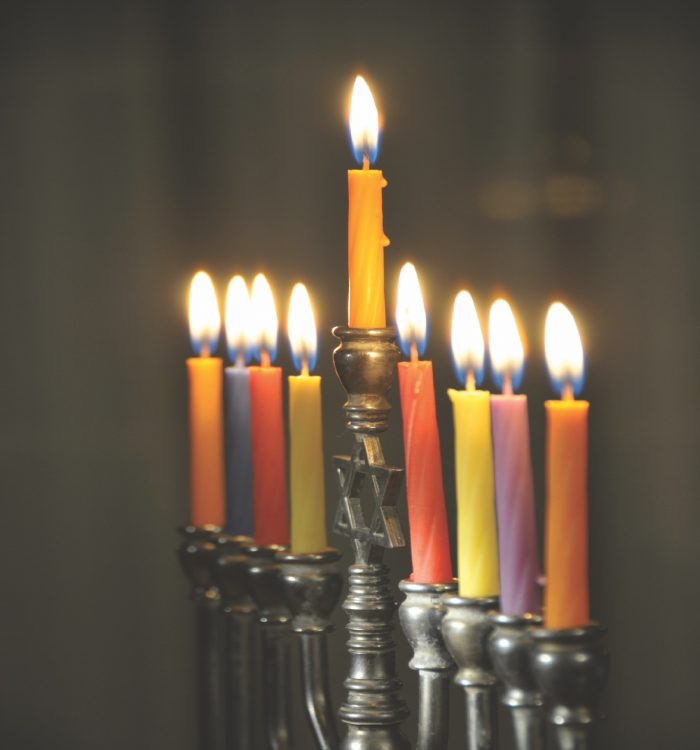

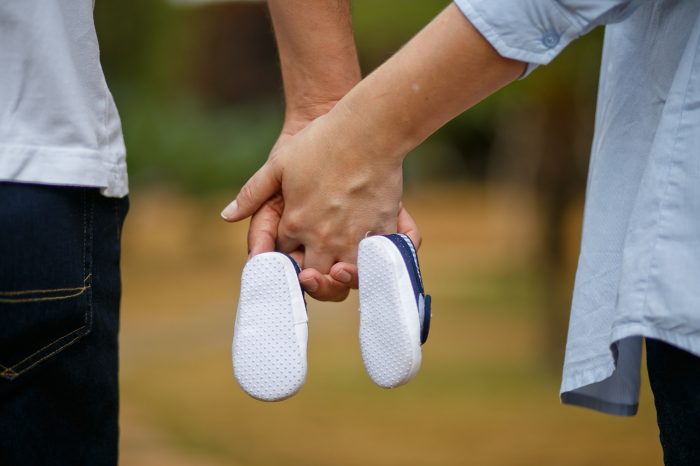




 Maizee is a two year-old Female Husky/Jindo Mix who was found as a stray and never claimed. She is a stunning ball of happy energy who enjoys meeting new people and going for runs. Maizee is looking for a family that can keep her active and shower her with love and affection. She needs to work on her leash manners, but is otherwise perfectly well behaved. Maizee would do well in a home with dogs who can match her energy. A potential home should be careful when introducing her to cats and small children, as her strength can be a little overwhelming for them. Stunning Maizee is a total delight, and we know her perfect home will find her soon enough.
Maizee is a two year-old Female Husky/Jindo Mix who was found as a stray and never claimed. She is a stunning ball of happy energy who enjoys meeting new people and going for runs. Maizee is looking for a family that can keep her active and shower her with love and affection. She needs to work on her leash manners, but is otherwise perfectly well behaved. Maizee would do well in a home with dogs who can match her energy. A potential home should be careful when introducing her to cats and small children, as her strength can be a little overwhelming for them. Stunning Maizee is a total delight, and we know her perfect home will find her soon enough.


